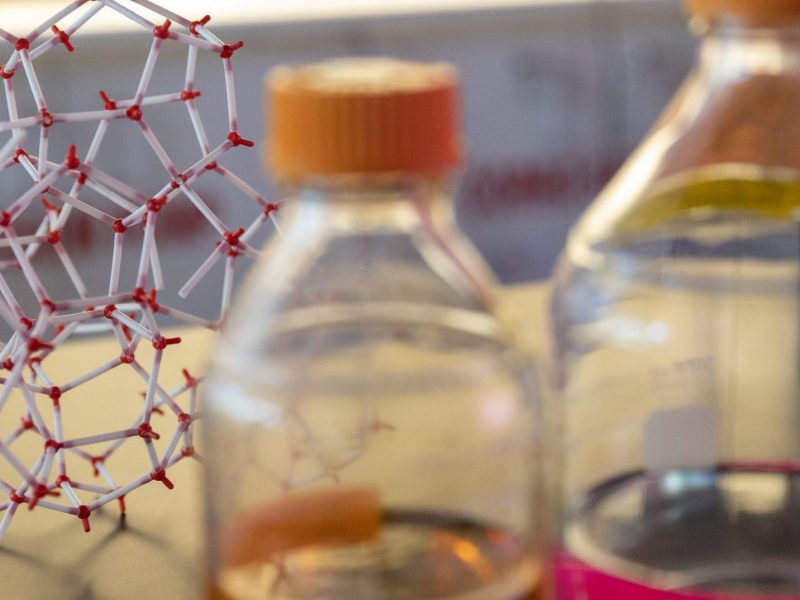Description
The invention consists of methods and kits to detect Burkholderia pseudomallei and Burkholderia mallei. With specific primers and probes, real-time reverse-transcriptase polymerase chain reaction (PCR) is used to detect the Burkholderia species. The use of reverse transcriptase allows the assay to target highly expressed RNA transcripts rather than the single DNA gene copy of Burkholderia. Clinical specimens (e.g., blood, secretions, and throat swabs) are used for the assay.
Additional information
Patent number and inventor
14/400,878
James Schupp, Rebecca Colman, Jordan Buchhagen, Paul Keim, and David Engelthaler.
Potential applications
Clinical applications to detect and treat melioidosis.
Benefits and advantages
Melioidosis (caused by Burkholderia) is an infectious disease endemic to southeast Asia and northern Australia. Delay in detection and treatment can be fatal where bacteria incubation time is between 24 hours and three weeks. The concentration of Burkholderia is low and is similar to non-pathogenic bacteria. It is difficult to achieve high sensitivity and specificity from DNA because of the low copy number. Overall melioidosis infections are underestimated due lack of reporting and diagnostic methods.
This invention improves the detection of Burkholderia. Without sacrificing specificity, the assay has higher sensitivity and improved turnaround time than conventional detection methods that target Burkholderia DNA. In turn, patient treatment and follow-up would be enhanced. At-risk and/or non-symptomatic individuals would be screened for Burkholderia colonization. Finally, the assay could detect and quantify Burkholderia in environmental samples.
Case number and licensing status
2012-018
This invention is available for licensing.

